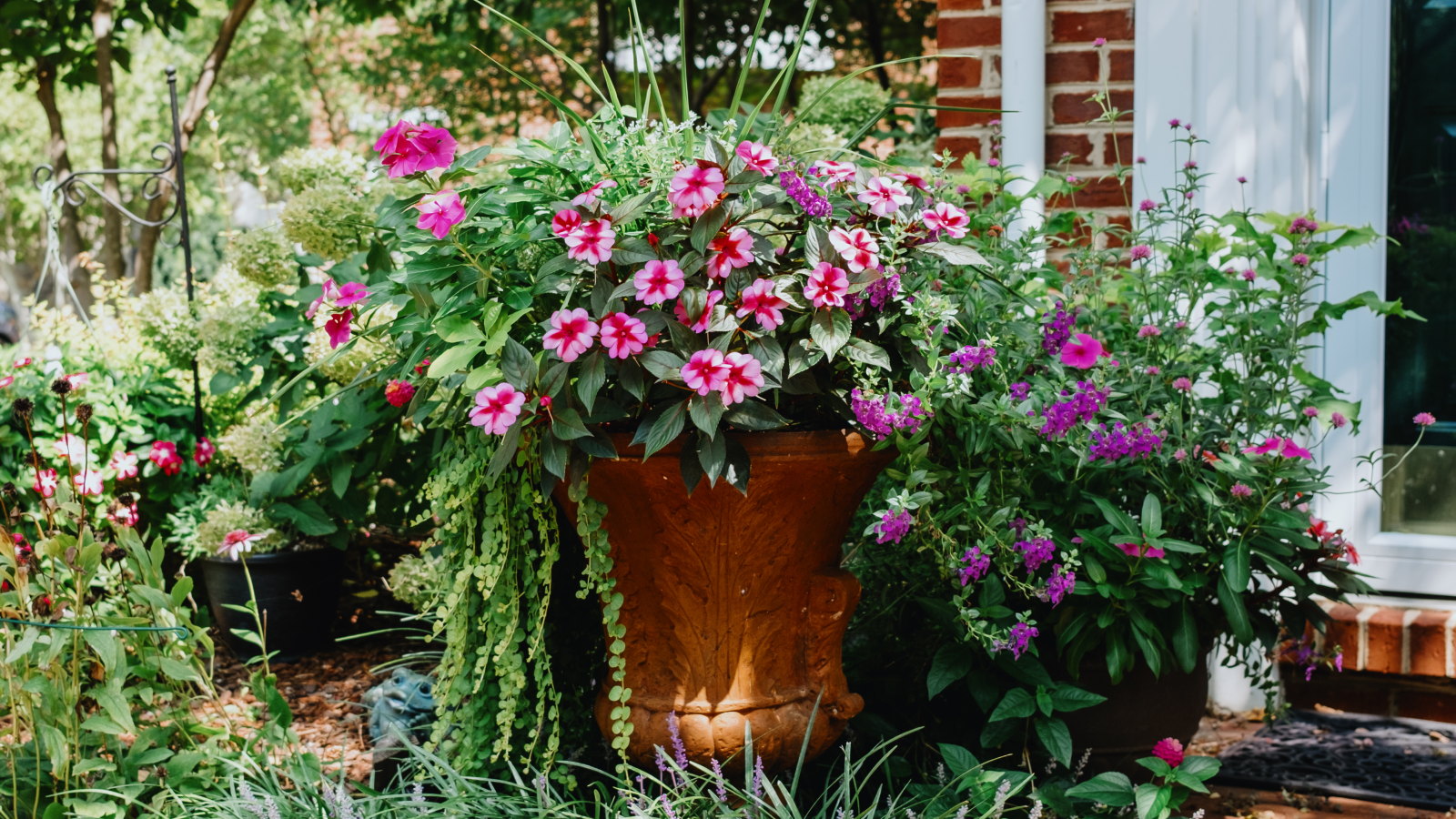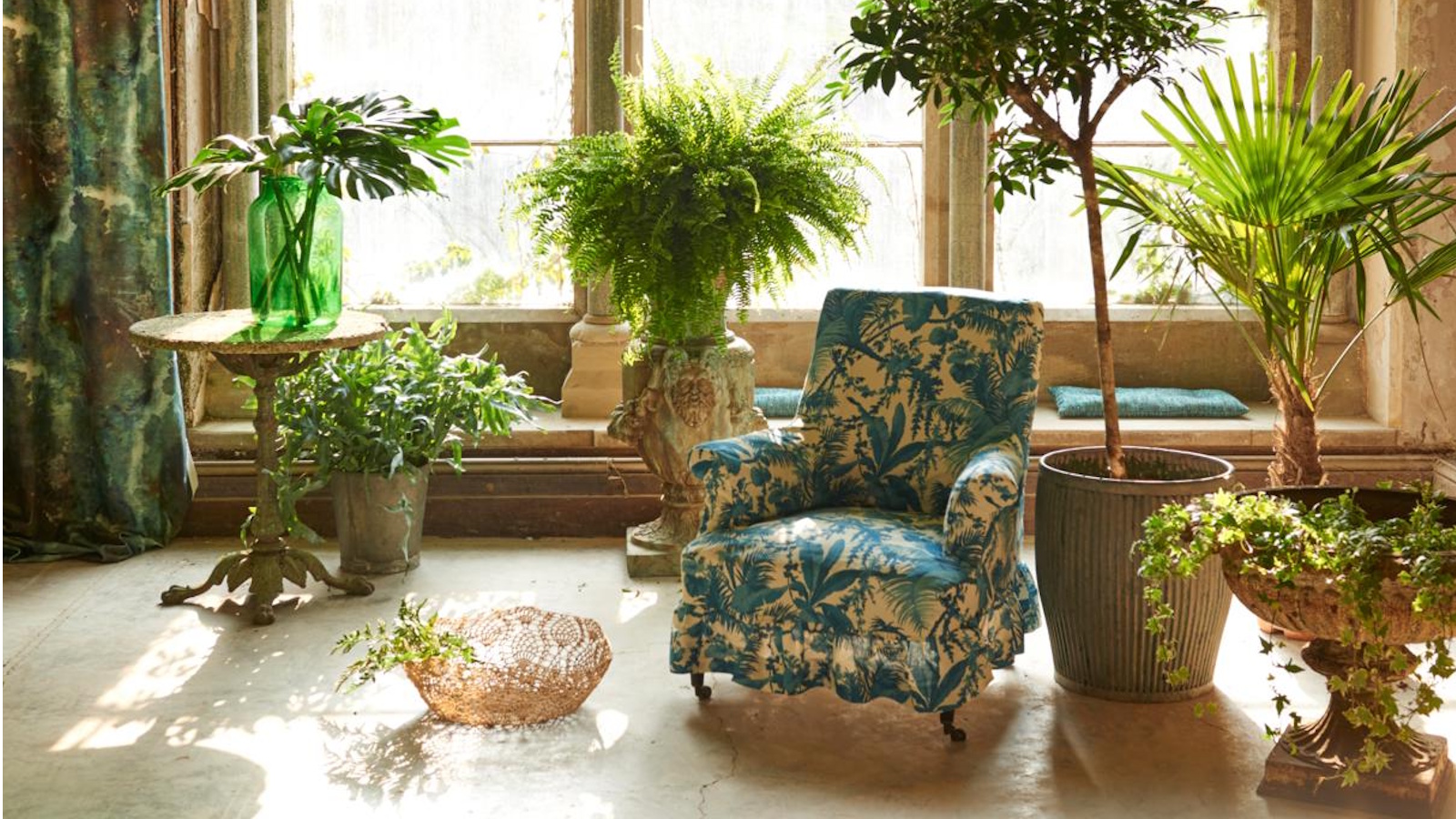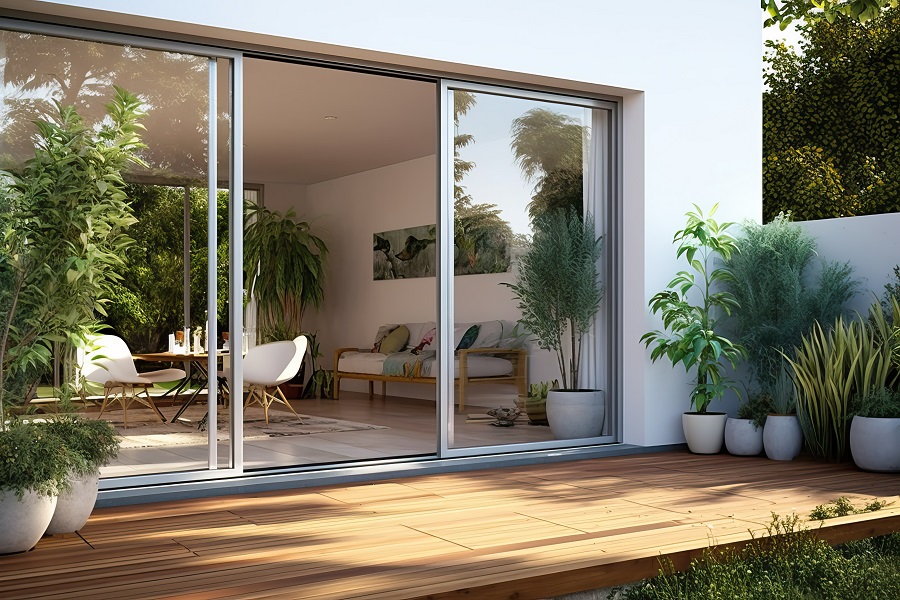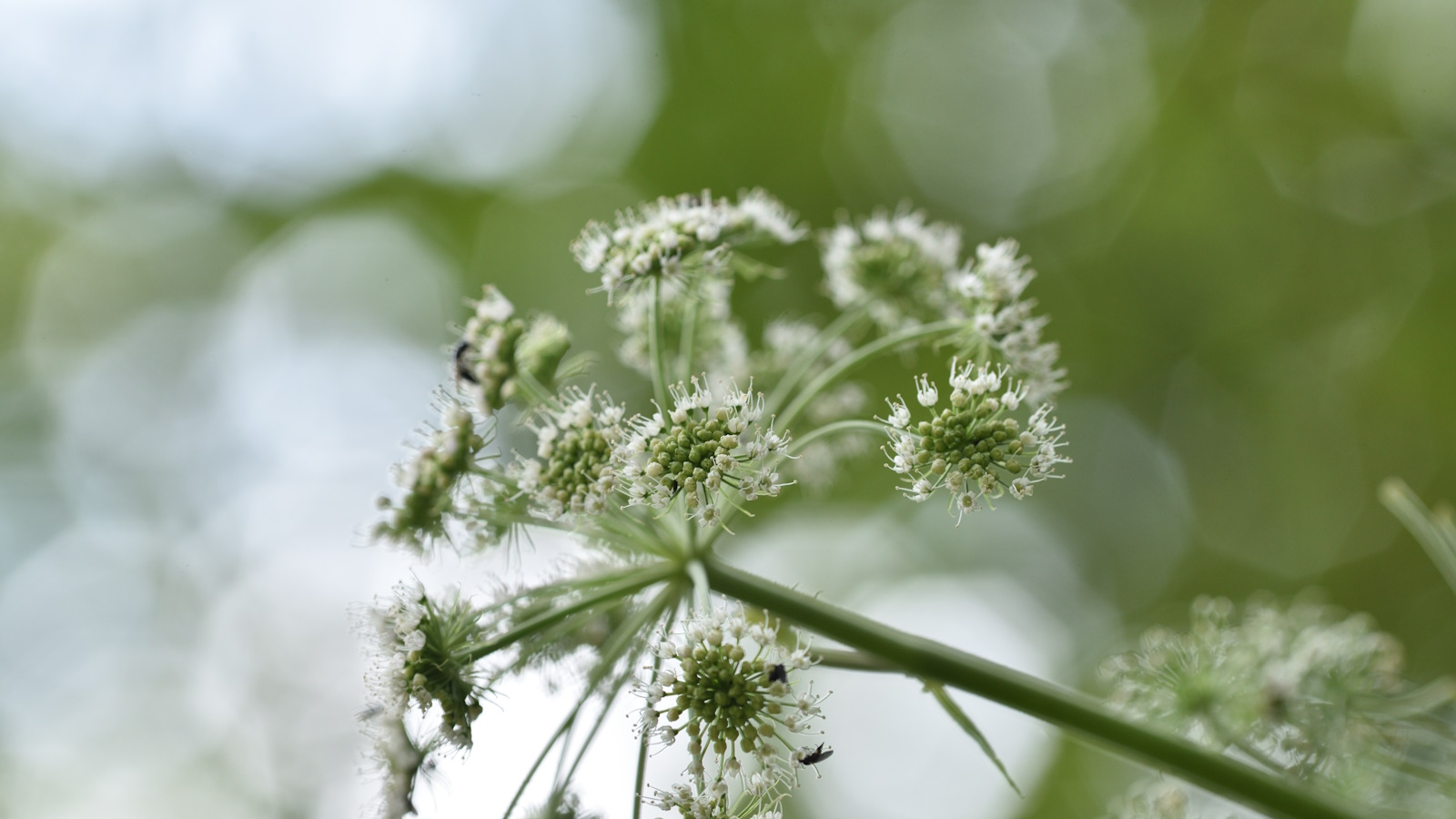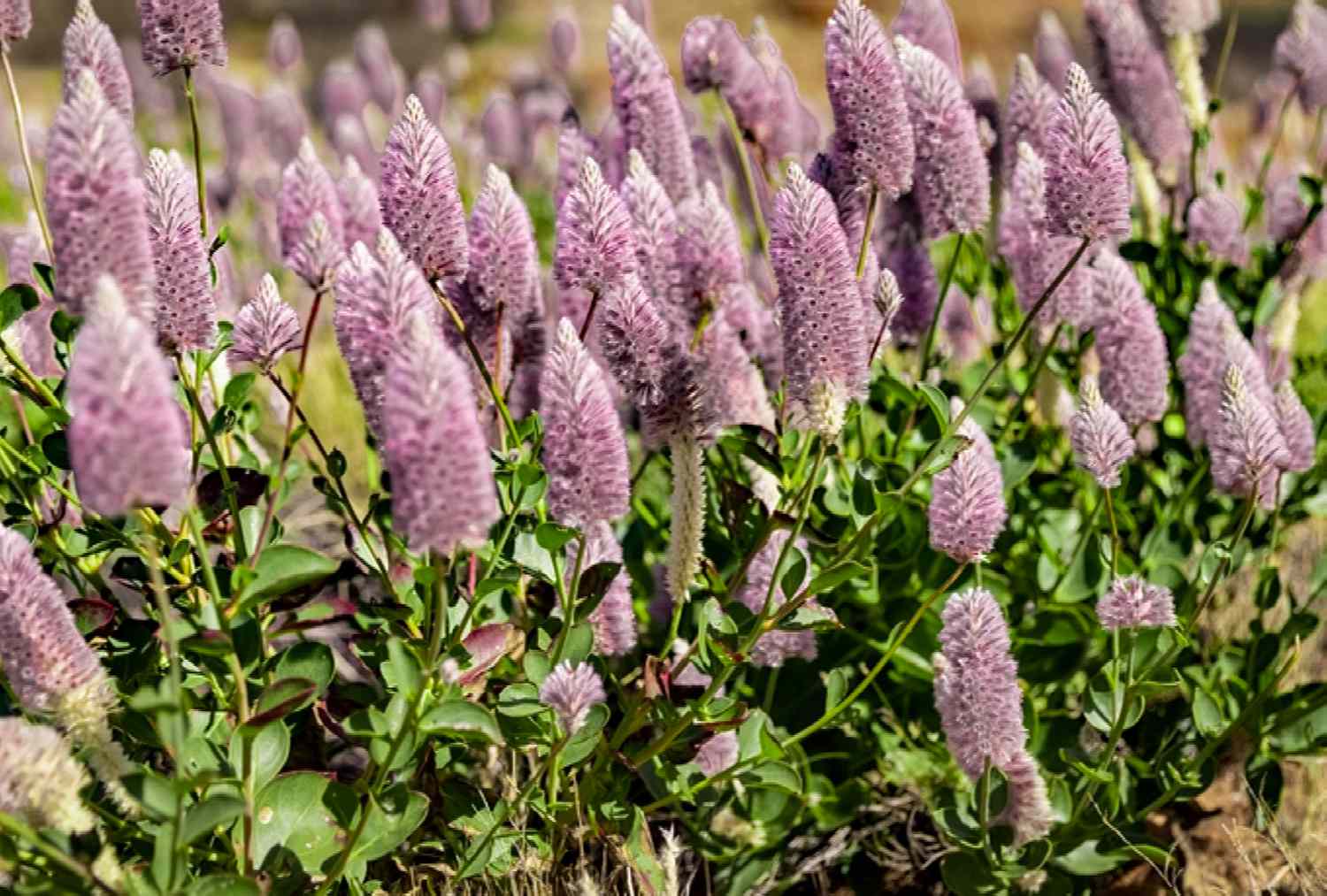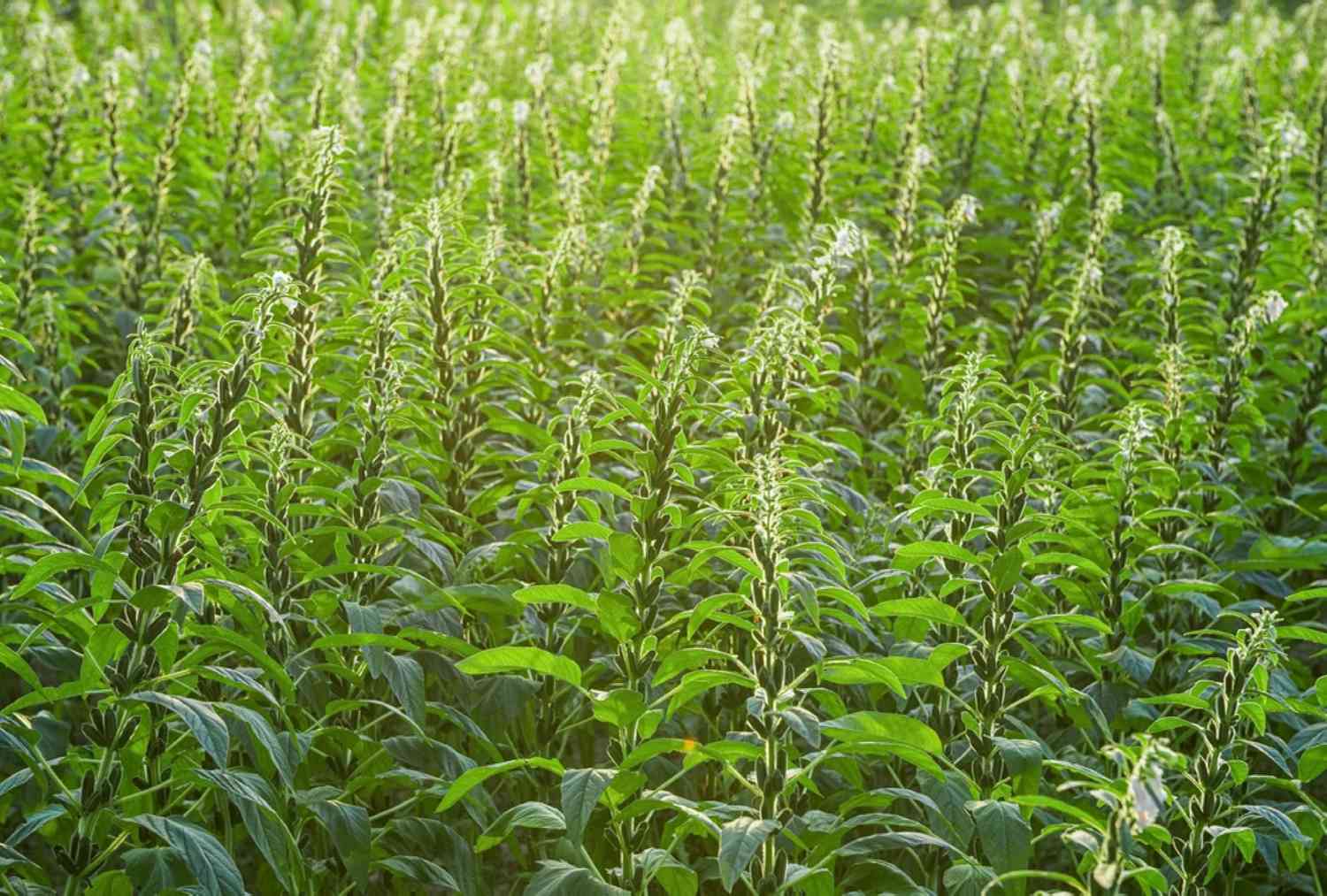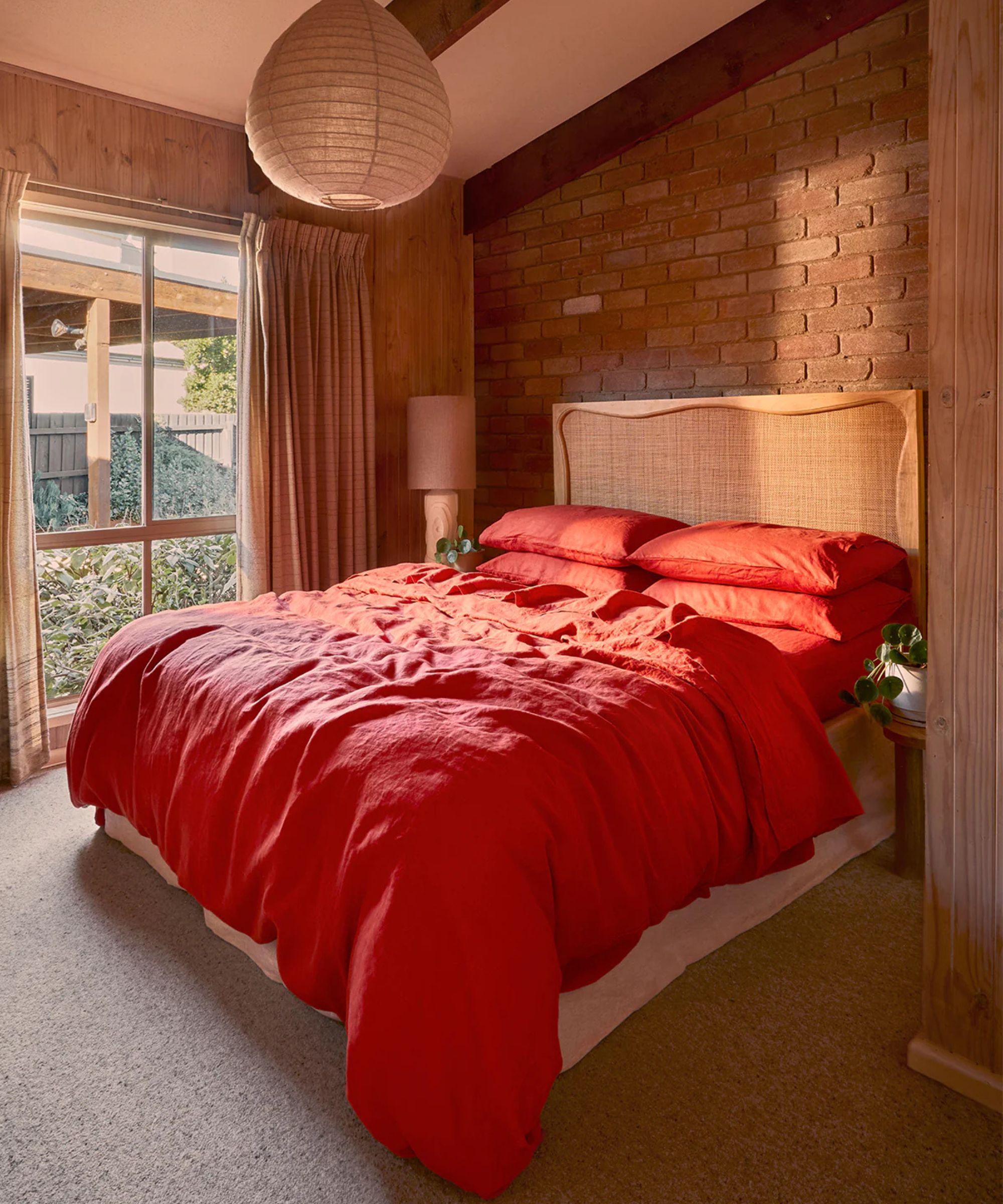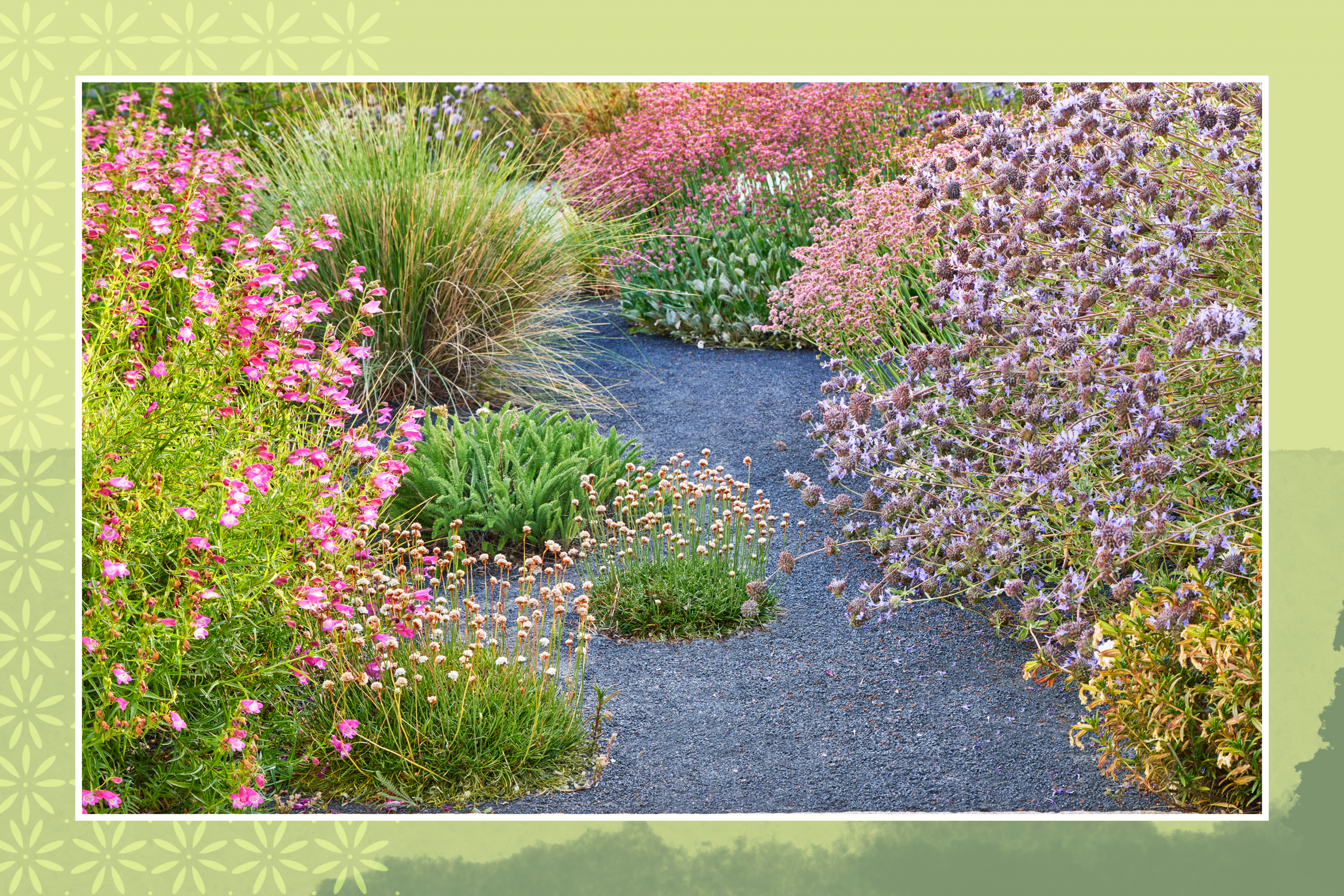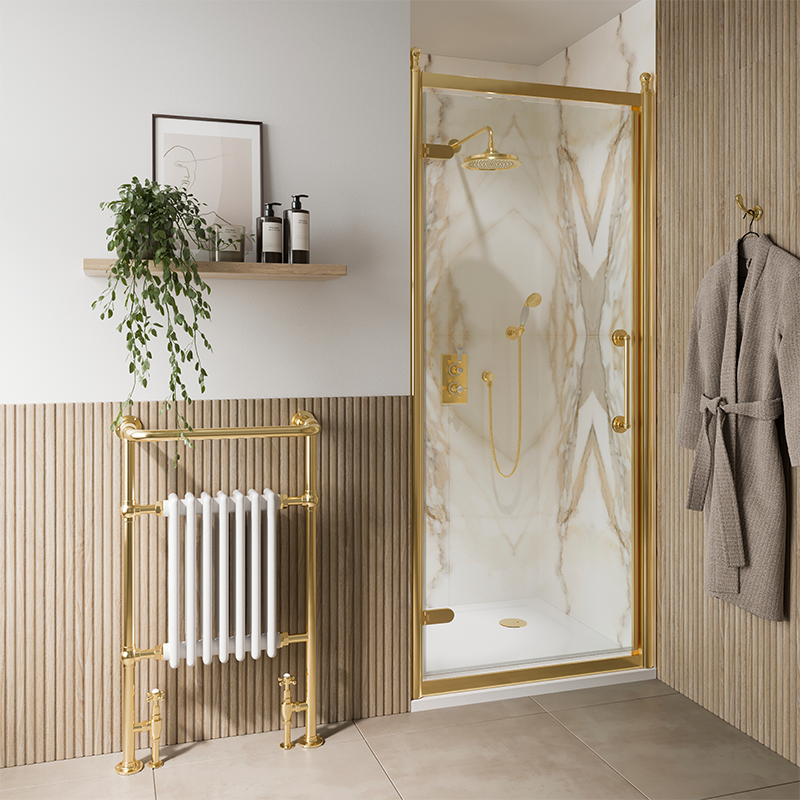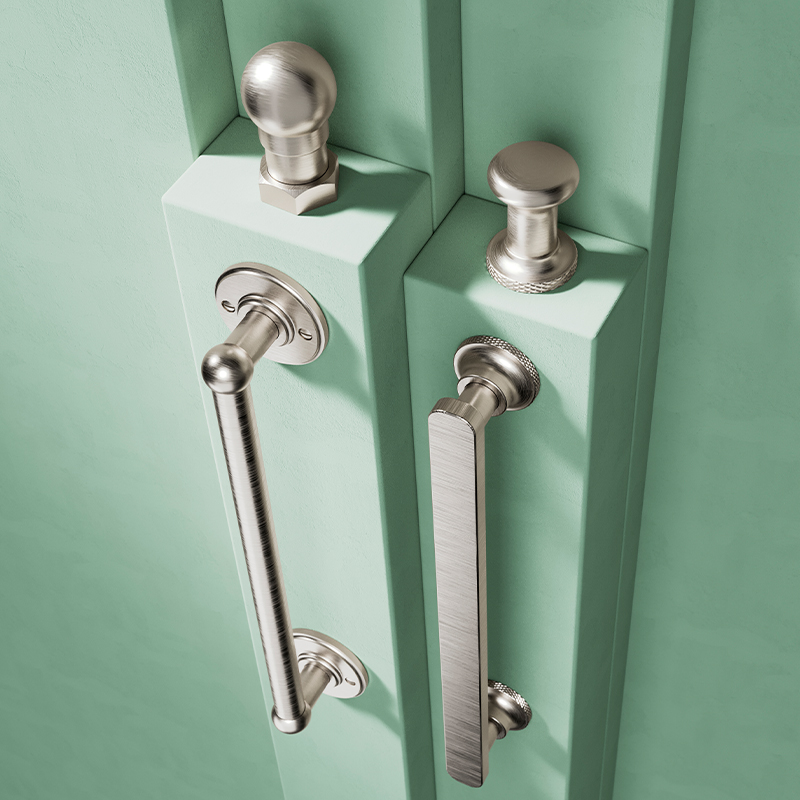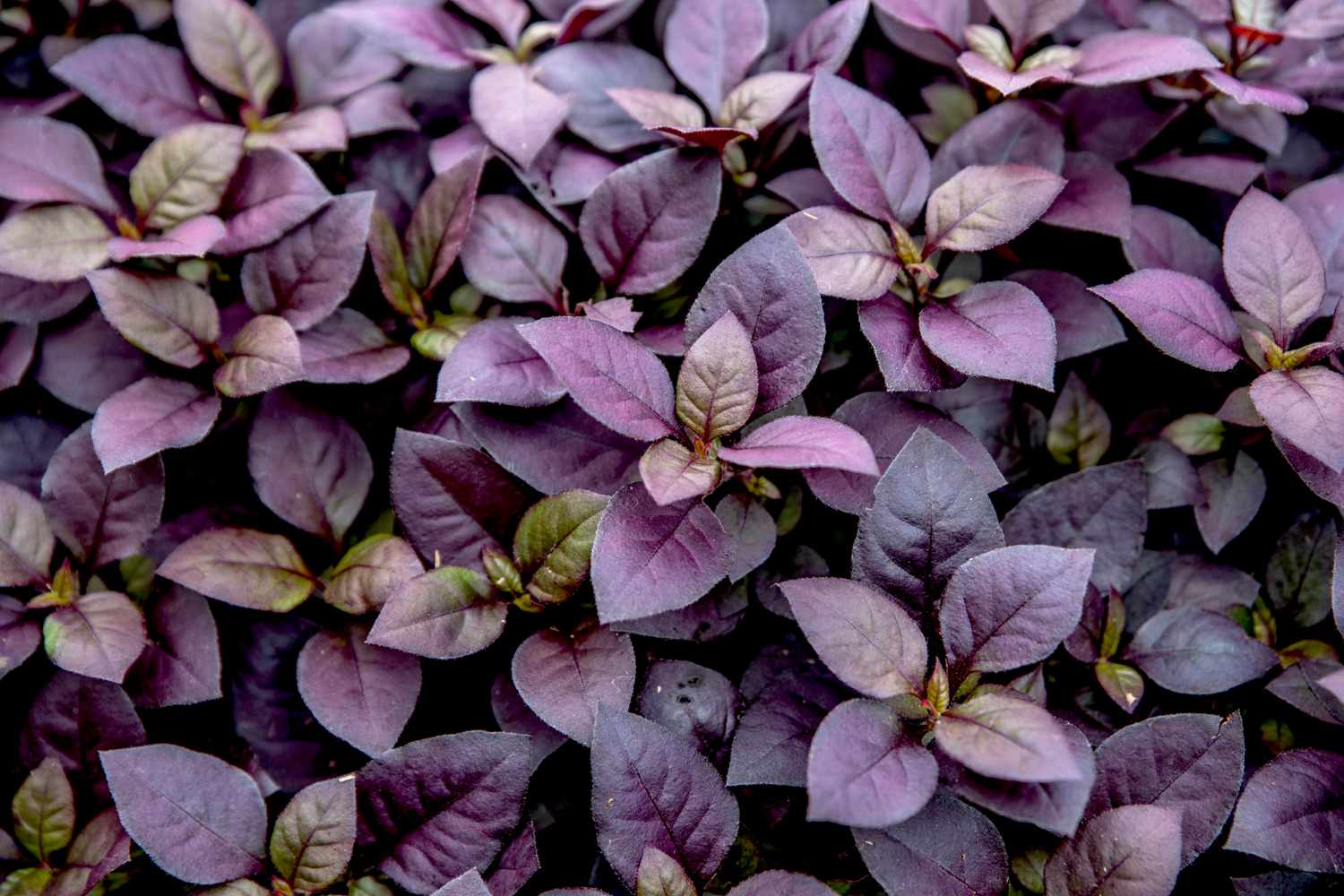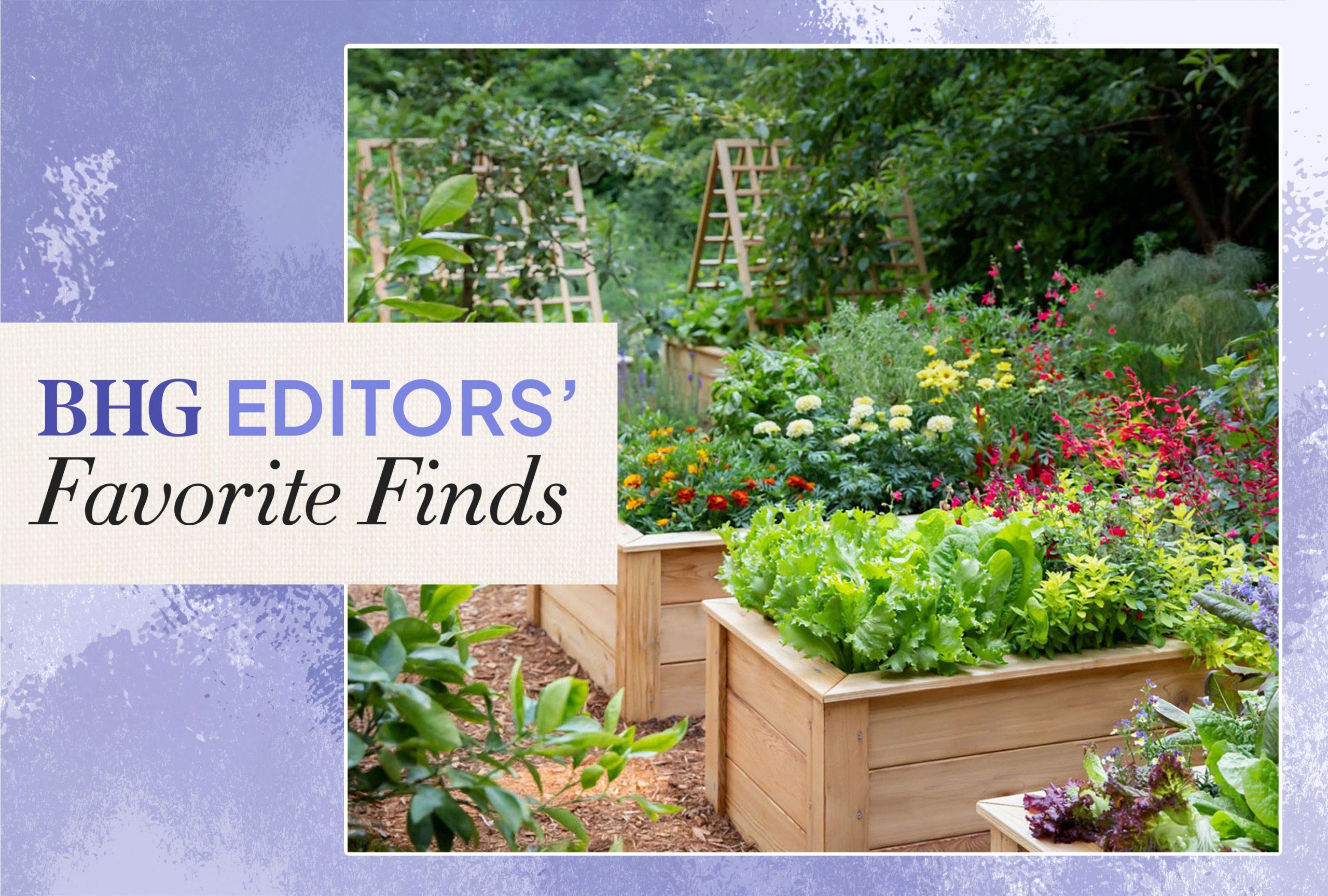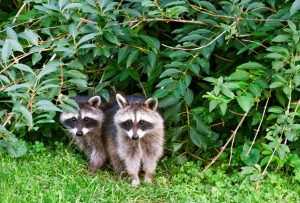If you’re something like me, you’ll at all times decide to fill borders and pots with as many vegetation as attainable. Whether or not your desire is for perfume, flowers, or spectacular foliage, there’s a plant to go well with each yard and style. Nonetheless, some species would possibly look good from afar however, up shut, can pose a danger, producing spines and thorns that may trigger injury.
As knowledgeable gardener, I’ve a love-hate relationship with many vegetation with thorns and spines. Hawthorn, for instance, makes an excellent wildlife-friendly hedge, and its blossom is emblematic of the countryside. However pruning it and getting scratched a whole lot of occasions is rarely a activity I take pleasure in. But, like all vegetation, it has its place, simply maybe not in a yard with inquisitive youngsters and nosy pets.
Right here, I reveal 5 vegetation with thorns and spines to keep away from in household gardens, together with some uncommon native timber and shrubs. So, if you’re questioning in regards to the prickly shrubs and timber to keep away from planting near a home, we have now you lined, together with suggestions for safer alternate options to develop as a substitute.
5 vegetation with thorns and spines to keep away from in household gardens
No matter the place you reside or your US hardiness zone, there are lots of 1000’s of timber, shrubs and perennials to select from. Nonetheless, some intruder-proof hedge vegetation and even many assertion timber and shrubs produce spines and thorns. So, in yards with younger youngsters, cats and canine, it’s wise to go for safer alternate options.
Listed here are 5 vegetation with thorns and spines to keep away from in household gardens to keep away from.
1. Agaves
Top-of-the-line desert vegetation, agaves are a lot beloved in heat and drought-prone areas. Throughout California and Arizona, for instance, agaves are a standard characteristic in entrance and backyards, and for good purpose.
But, these resilient vegetation pose a hazard in smaller areas. Specifically, the commonest species, Agave americana, may cause fairly a sting. The spines on this agave are extraordinarily sharp and could be particularly harmful to pets and youngsters.
To keep away from any painful accidents, hold these behind the border or in a pot out of attain. Or, alternatively, develop among the best agave varieties with out spines, corresponding to Agave bracteosa, also referred to as the spider agave, or Agave vilmoriniana, the octopus agave.
‘Agaves are simple to develop outside and in pots,’ says Greg Starr, agave professional and proprietor of Starr Nursery. These species could be grown right down to US hardiness zone 8, with a desire for full solar.
‘The trick with all agaves and succulents,’ Greg says, ‘is that the soil ought to drain extra water shortly. And, don’t forget that these vegetation will want loads of mild.’
Stay octopus agave vegetation can be found from Nature Hills.
2. Firethorn
Pyracantha, or firethorn, is taken into account among the best hedging vegetation, fashionable for each its evergreen foliage and vibrant fall berries. Nonetheless, this shrub bears lengthy and really sharp thorns, which could be painful when brushed previous.
For those who do have a pyracantha in your plot or one other prickly plant, then I’d advocate utilizing one thing like these long-handled thorn-proof gardening gloves, accessible to order from Amazon. Investing in a pair will prevent a lot ache when pruning, in my expertise.
For a thorn-free species, contemplate rising heavenly bamboo, or Nandina. There are numerous totally different evergreen varieties, together with ‘Obsession’ and ‘Firepower’, though this may depend upon the place you reside, as Nandina domestica is reported as an invasive plant in areas all through the US.
For a dwarf, controllable choice, do this ‘Twilight’ selection, accessible from Excellent Vegetation Nursery.
Rising greatest from zone 6 plus, they may tolerate each full solar and half shade, with evergreen foliage and purple berries come fall.
3. Black locust
‘One among our many native vegetation within the US, the black locust, or Robinia pseudoacacia, is a powerful tree with stunning blooms,’ says Scott Seargeant, tree professional, arborist and landscaper primarily based in California.
‘Nonetheless, not solely are these toxic timber, containing poisonous compounds referred to as toxalbumins, however they’re additionally thorny alongside the branches. I’d say they’re timber by no means to plant in a small yard or with younger youngsters.’
For a flowering tree with out prickles, why not discover ways to develop japanese redbuds? Producing plenty of pink blossom come spring, japanese redbuds, or Cercis canadensis, could be grown partly shade right down to zone 4.
Stay japanese redbud starter tree could be ordered from Walmart.
4. Osage orange
‘Osage orange timber, also referred to as hedge apples, are greatest seen in wild landscapes and stored out of the yard,’ says plant professional, Katie Sunderlage, primarily based in Wisconsin.
‘They will attain upwards of 40 toes,’ Katie says, ‘so they’re usually not advisable for smaller areas. What’s extra, Osage oranges, or Maclura pomifera, are sometimes filled with nasty thorns too, which may trigger severe injury.’
If you’re a fan of bizarre fruits, contemplate rising pawpaw timber as a substitute. This resilient and versatile native is the biggest edible fruit grown in North America, and could be planted right down to zone 5.
Stay pawpaw timber can be found to order from Amazon.
5. Oregon grape
Whereas it’s much less harmful than the Osage orange or black locust tree, the Oregon grape, or Mahonia aquifolium (syn. Berberis aquifolium), is one other spiky plant to look out for.
Positioned behind the border, it could most likely be tremendous, however hold this holly-lookalike away from patios or paths in case you have younger youngsters.
As a substitute, go for a unique Mahonia selection that’s thornless, corresponding to this ‘Comfortable Caress’ specimen, accessible to order from Amazon. ‘Comfortable Caress’ could be grown right down to zone 7 with a desire for half shade.
I’ve beforehand grown ‘Comfortable Caress’ in pots in a personal backyard in London, and it does the job of the Oregon grape, with evergreen foliage, frivolously aromatic flowers and berries, however with none danger of a scratch.

